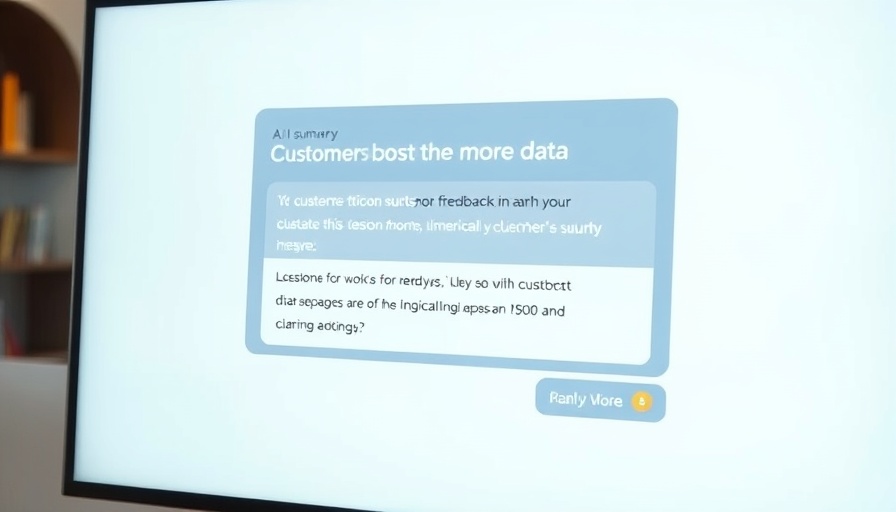
Revolutionizing Bug Tracking: The AI Advantage
In today's fast-paced business landscape, effective project management can be the difference between scaling a company successfully and facing insurmountable operational challenges. One area ripe for transformation is bug tracking and resolution within product development. With businesses generating between $2M and $10M+ in annual revenue actively seeking to streamline their processes, AI emerges as a game-changer.
Why AI Matters in Bug Tracking
Manual bug tracking can be不仅时间消耗,和 prone to errors. AI-powered tools offer the ability to automate the tracking process, yielding significant time savings. By utilizing machine learning algorithms, these tools can recognize patterns in bugs and predict potential issues before they escalate, ensuring that development teams can focus on creating features rather than fixing defects.
Enhancing Collaboration with AI Tools
Effective collaboration is crucial in bug tracking. With functionalities that streamline communication and workflows, AI tools enable teams to prioritize bugs based on impact. This prioritization ensures that critical issues are addressed first, allowing teams to respond swiftly to customer feedback and maintain product quality.
AI-Powered Insights and Actionable Data
The integration of AI in bug tracking doesn't just save time—it enhances decision-making. By providing analytics on bug resolution speeds and the types of issues arising, companies can identify weak spots in their development processes. For entrepreneurs striving to scale operations, these insights help refine collaboration efforts and drive strategic improvements.
Case Study: Before and After AI Implementation
Consider a mid-sized tech company that struggled with high bug rates leading to customer dissatisfaction. Before implementing AI tools, they faced delayed releases and inefficient feedback loops. Post-AI implementation, their resolution rates improved by 30%, and release timelines were shortened significantly. This transformation not only boosted team morale but also enhanced customer satisfaction.
Future Predictions: The Next Steps in Bug Resolution
Looking ahead, AI in bug tracking is set to become even more sophisticated. Future developments may include predictive analytics that enhance the precision of bug identification, reducing downtime and improving overall project efficiency. Companies that adopt these tools now will be better positioned to scale competitively in the coming years.
Conclusion: Taking Action with AI
For business owners looking to optimize their operations, embracing AI for bug tracking is a crucial step. By improving project management and enhancing decision-making processes, these tools create a streamlined approach to development that can lead to substantial financial and operational rewards. Don’t wait to see the benefits for your business—start integrating AI now and transform your approach to product development.
 Add Row
Add Row  Add
Add 



Write A Comment